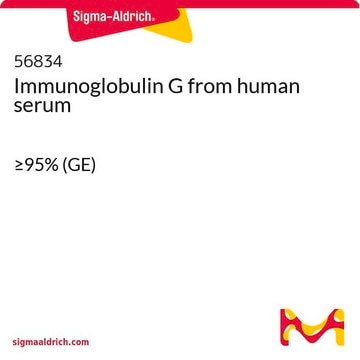The 387A kit does not have a published protocol for staining cultured cells. The kit is approved for human In Vitro Diagnostic Use and was primarily intended for detecting TRAP positive cells in peripheral blood or bone marrow, particularly for the detection of TRAP positive cells associated with Hairy Cell Leukemia. However, the procedure included with the kit can be used.
First, remove the media, rinse briefly in isotonic PBS or suitable cell culture media, and then air dry the cells. Once dried, the cells can be fixed onto chamber slides, microtiter plates, or culture flasks. After fixing, the cells are washed.
The procedure mentions staining slides for Beaker A and Beaker B. When staining cultured cells, think of staining duplicate wells.
One set of cells will be incubated in the presence of tartrate (Beaker B), and the second set will be incubated without tartrate (Beaker A), which serves as the positive control.
Staining cells without tartrate is essential for ensuring the kit is performing to expectations. The kit was designed to stain an equal number of slides/wells with and without tartrate, and there is a separate product number (387-3) for the tartrate reagent, which may be ordered separately.
The kit instructions call for preparing a specific volume of staining reagent for Beaker A and Beaker B. If needed, the volume of reagent can be scaled down, but once prepared, the staining solution is for one-time use only and cannot be stored for later use.











